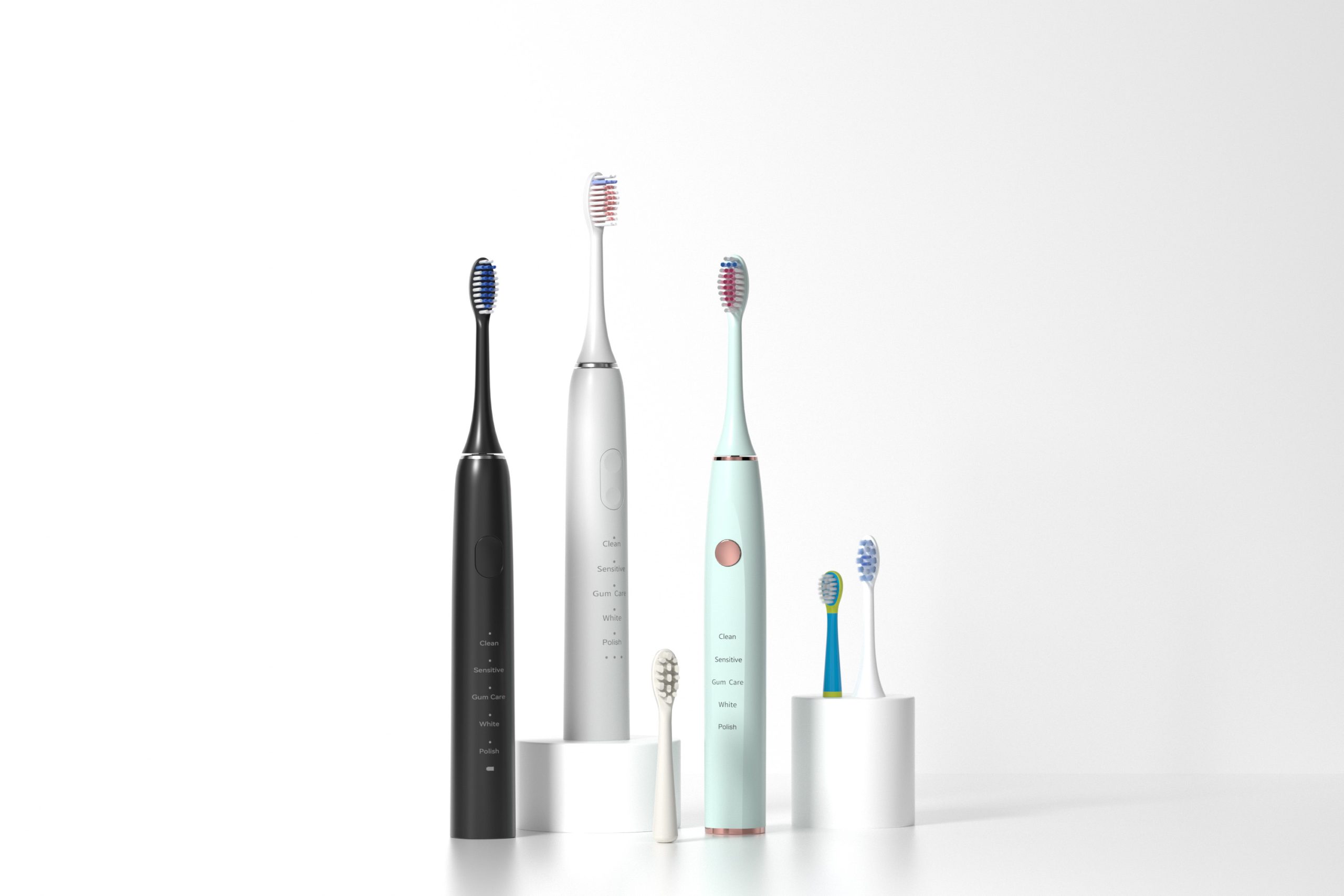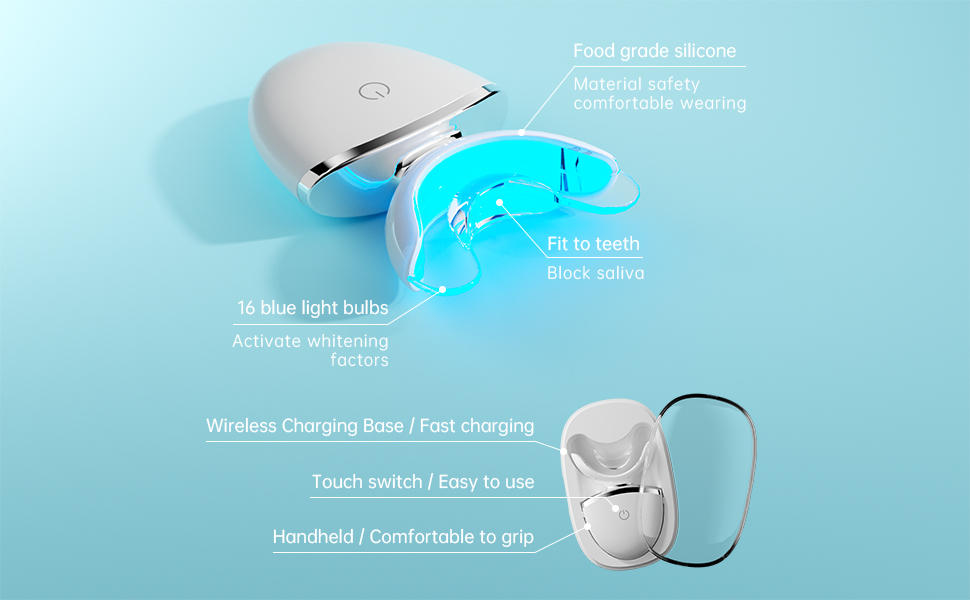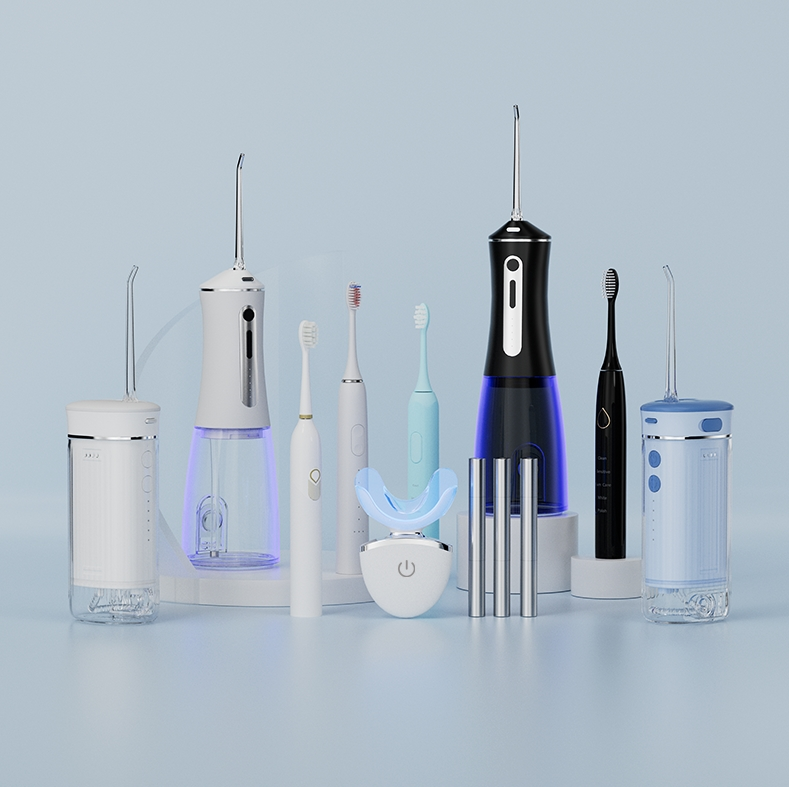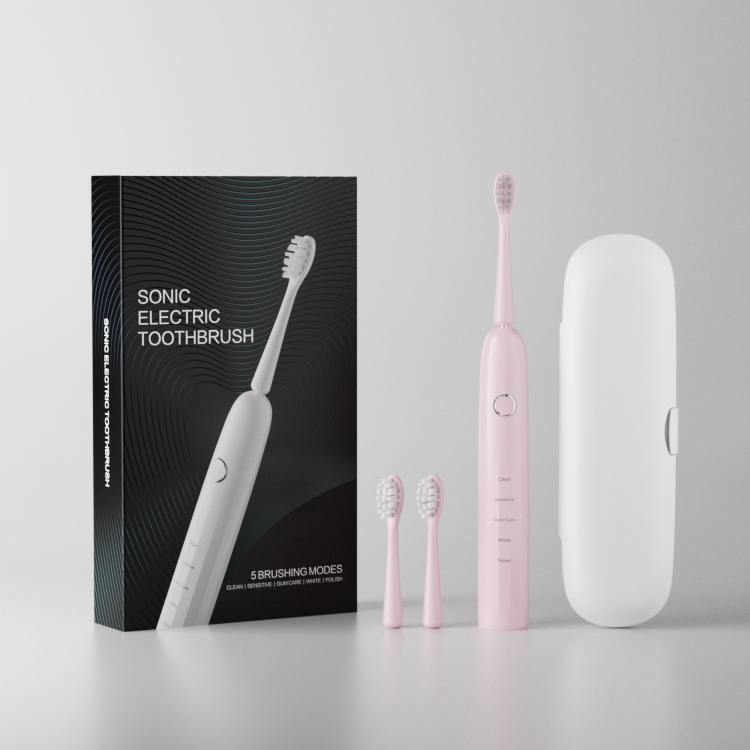Vinegar has long been known for its natural disinfecting properties. Many consumers use it to clean kitchen surfaces, baby bottles, and even dental tools. It’s understandable that users might think they can soak an electric toothbrush handle in vinegar for deep cleaning. However, before you try this method, it’s essential to understand how vinegar interacts with electronic components and whether this practice is truly safe.
While vinegar cleaning sounds eco-friendly, soaking an electric toothbrush handle can cause internal damage. The handle contains electronic circuits, a motor, and a rechargeable battery—all of which are not designed for liquid immersion. Even a short soak can allow moisture to seep into the waterproof seals, leading to corrosion or malfunction.
As a professional electric toothbrush manufacturer, we strongly advise against submerging the handle in vinegar or any liquid solution.
Here’s the manufacturer advice for proper electric toothbrush maintenance:
Use a damp cloth: Wipe the handle gently with a slightly damp cloth instead of soaking it.
Apply mild soap: If there’s buildup, use mild soap and water—avoid strong acids like vinegar.
Clean the brush head separately: The brush head can be soaked in vinegar or hydrogen peroxide for disinfection, but the handle should remain dry.
Dry thoroughly: Always wipe the handle dry after cleaning to prevent moisture damage.
Following these simple steps can extend your toothbrush’s lifespan without voiding the warranty.
Vinegar is acidic (with a pH around 2–3), and while it’s effective at dissolving mineral buildup, that same acidity can corrode metal parts and degrade the rubber seals used in electric toothbrushes. Once the seal integrity is compromised, water can reach sensitive components like the charging port or internal motor.
For long-term product maintenance, vinegar should be limited to external parts like detachable brush heads—not the handle.
For optimal hygiene and product maintenance, manufacturers recommend:
Weekly: Wipe down the handle with a microfiber cloth.
Monthly: Deep-clean the brush head with antibacterial mouthwash or vinegar solution.
Quarterly: Check for cracks or loose parts and replace worn brush heads.
These preventive steps help users maintain performance and hygiene without risking electronic failure.
In summary, while vinegar is an excellent natural cleaner, it’s not suitable for soaking an electric toothbrush handle. The correct approach is gentle surface cleaning and periodic maintenance. Following these manufacturer advice guidelines will protect your investment, maintain device safety, and ensure the toothbrush delivers consistent brushing performance.
LA Affordable Toothbrush – Budget-Friendly Oral Care

Best Electric Toothbrush Deals in San Francisco?
Electric Toothbrush with Magnetic Charger OEM

Is a Teeth Whitening Pen the Ultimate On-the-Go Beauty Solution?
.jpg)
Best Electric Toothbrush for California Buyers?
Wholesale Electric Toothbrush Vendor Spokane Gift Shops | Affordable Supply

San Diego waterproof rating for San Diego combo pack?

Solving Electric Toothbrush Mold: How OEM Design Prevents This Common Problem

Why NY dental recommended brands use NYC pressure sensor tech

What Really Happens If You Use a Moldy Toothbrush? Health Risks & OEM Solutions
Custom Logo Whitening Kit Manufacturer

Do Electric Toothbrushes Lose Power Over Time? An OEM Manufacturer’s Analysis
Rechargeable Electric Toothbrush OEM | Custom B2B Manufacturing
water flosser OEM factory

A Guide to Consumer Cognitive Education for Water Flosser Brands
.jpg)
How Does a Water Flosser Nozzle Manufacturer Support an Orthodontic Water Flosser OEM for Specialized Care?

electric toothbrush heads Regular Clean

electric toothbrush heads Ultra Soft

Electric toothbrush heads Charcoal Infused-Diamond

electric toothbrush heads Charcoal Infuse-Round

Private Label Whitening Gel
.jpg)
Florida Electric Toothbrush – Powsmart PTR-C8

electric toothbrush heads Deep Clean

Customization Teeth Whitening Gel
whstapp
whstapp
National Toll-Free Service Hotline
+86 755 86238638